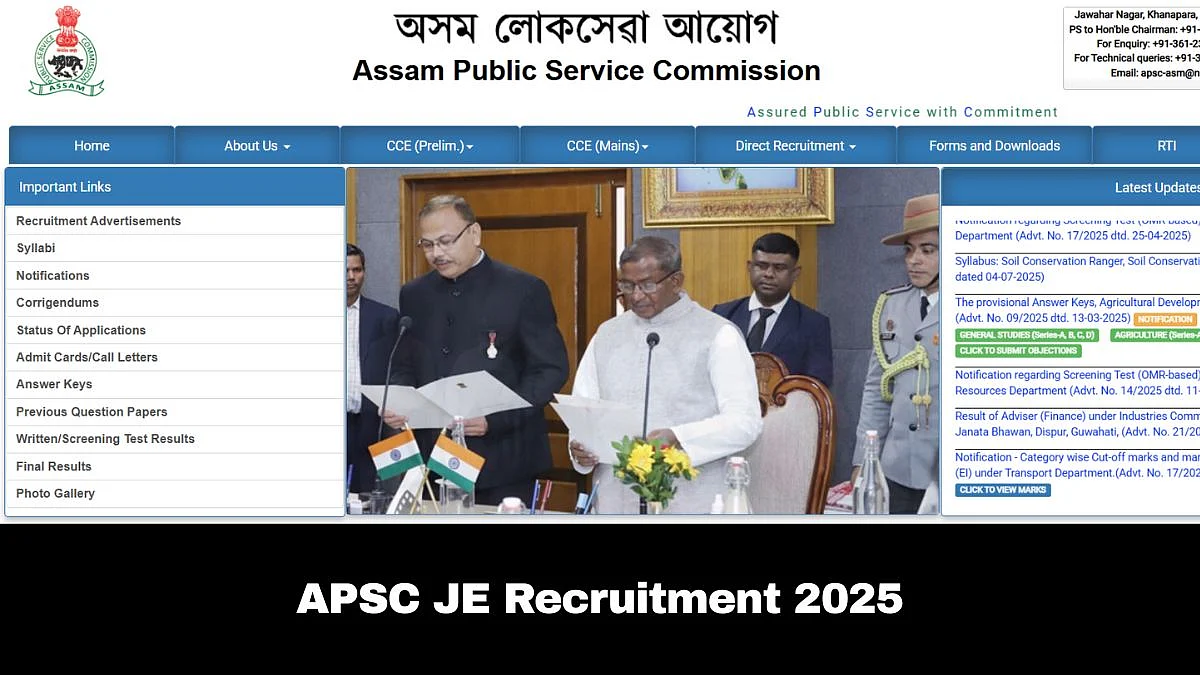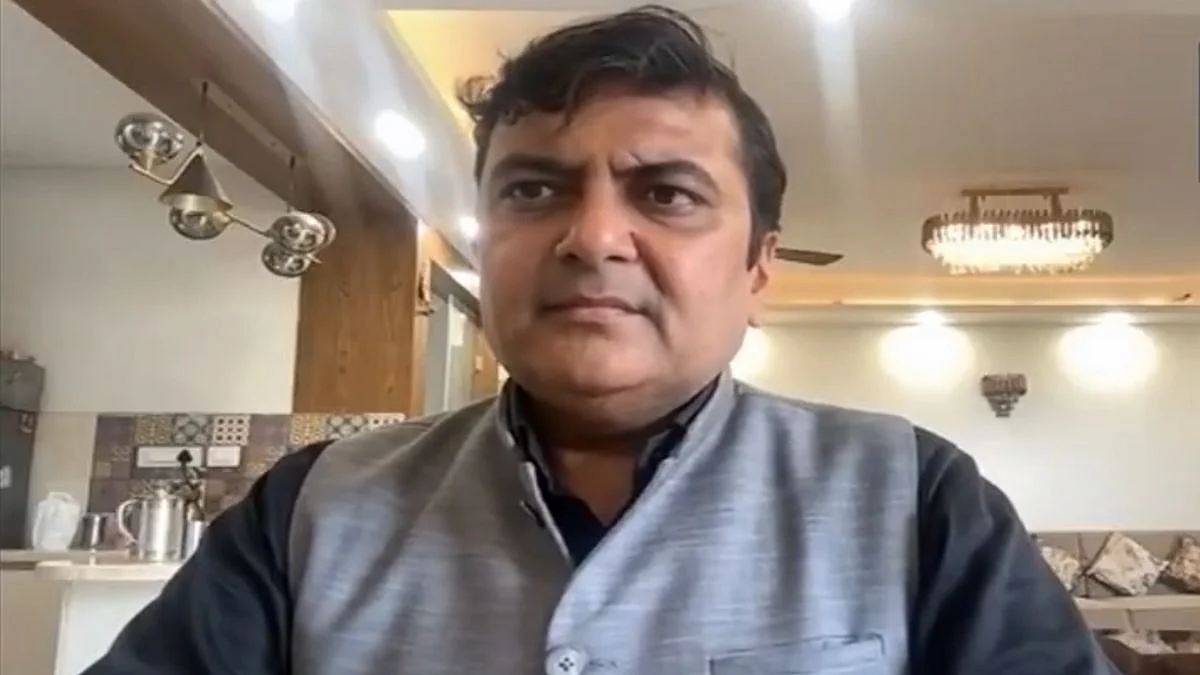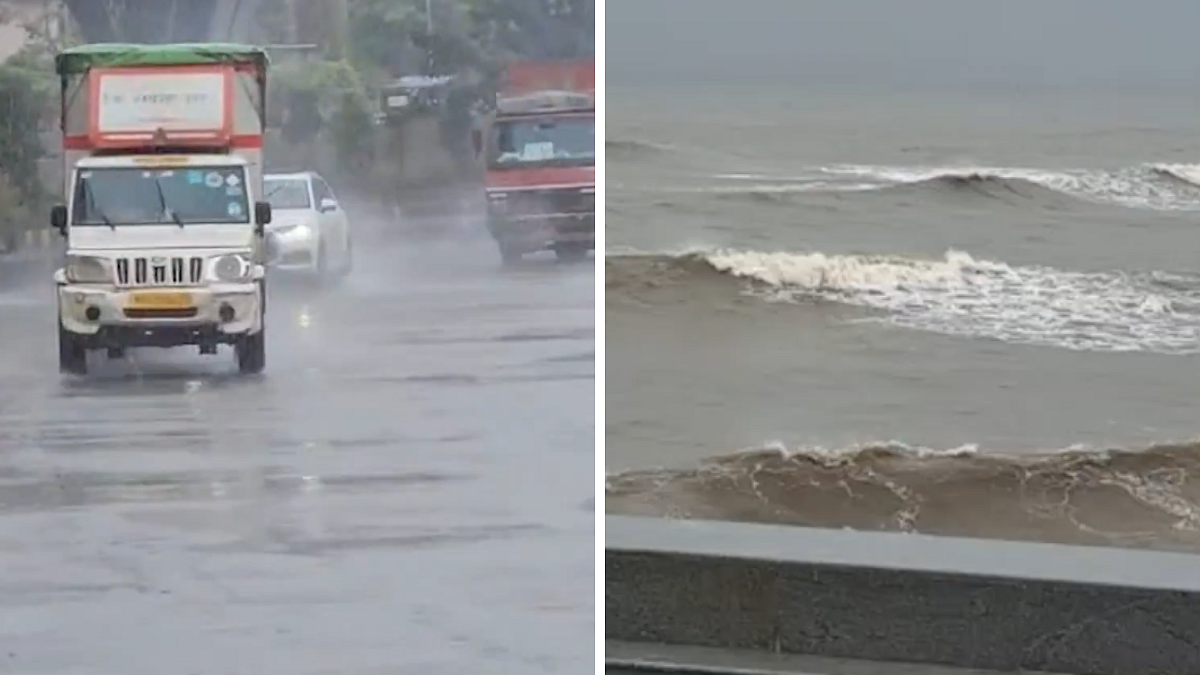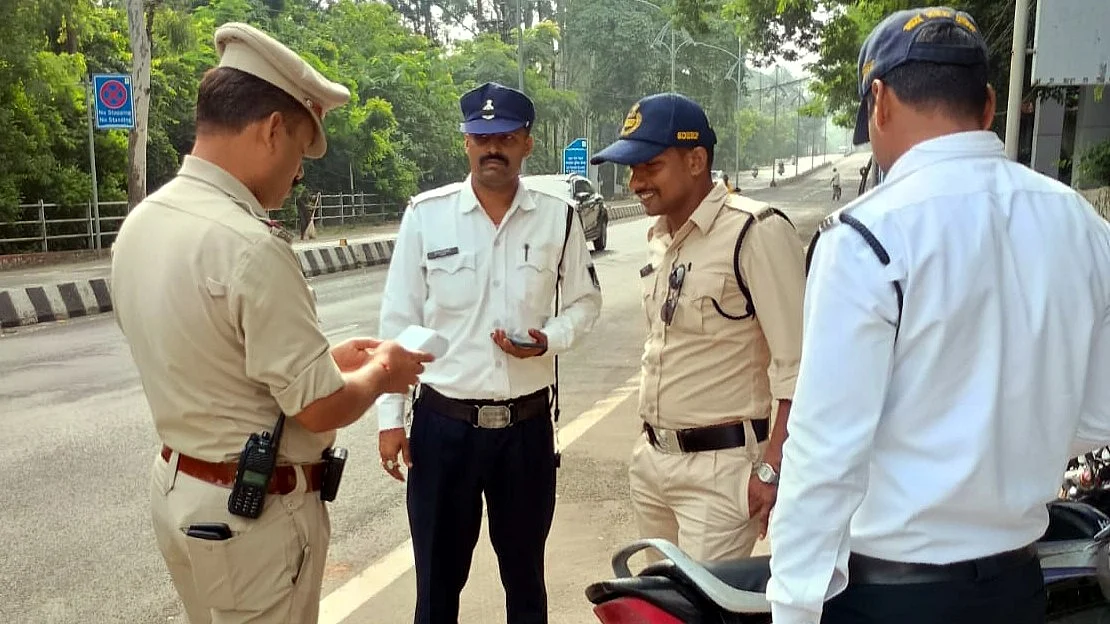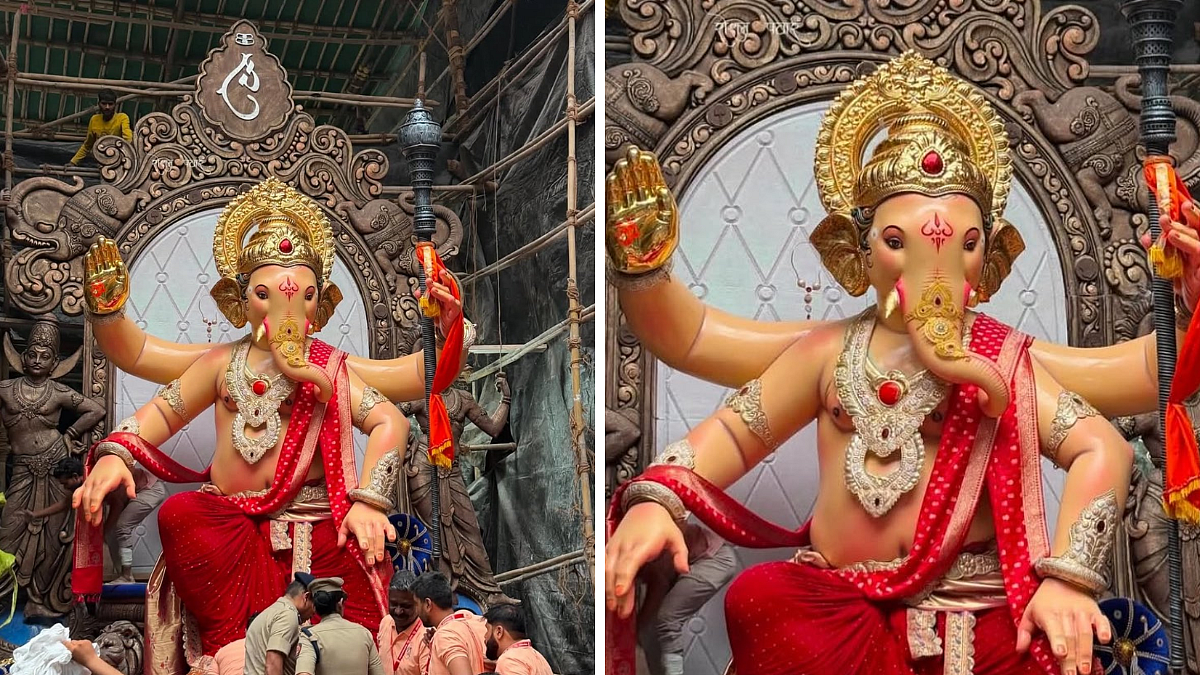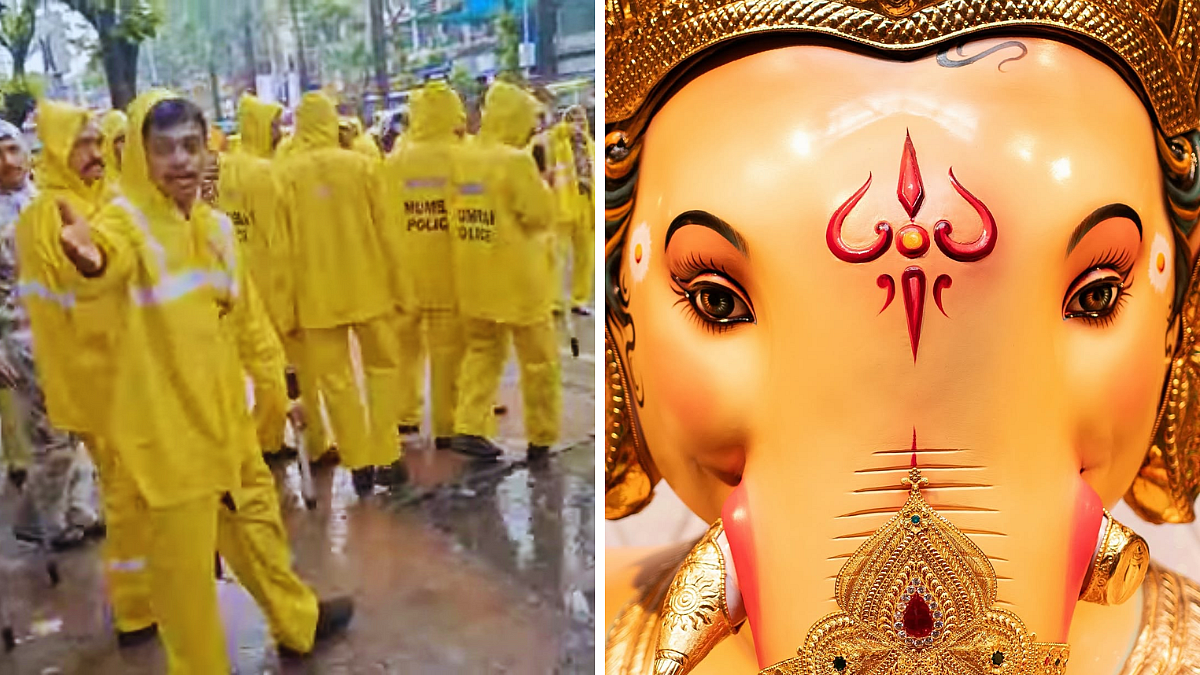Your journey will be more safer in future. Western Railway decided to cover Mumbai Central-Ahmadabad/ Ratlam route by 'KAVACH. The implementation of this technology will halt the train movement automatically when it senses another train on the same line within a said distance. Trains will also halt automatically if the digital system notices manual errors or any other malfunctions.
"Estimated cost of this project Rs 311.36 crores. It's includes Mumbai-Vadodara-Ahmedabad and Vadodara- Ratlam-Nagda section of WR" said an officials of WR adding that in order to ensure safety over high speed and high density railway networks of Indian railway implementation of Train Collision Avoidance System (TCAS) is need of hour.
This project will be completed in four phases. Conferming the development a senior officials of WR said, "Revised tender for the implementation Train Collision Avoidance System (TCAS) on the Virar- Vadodara section, Vadodara- Ahmedabad section and Vadodara- Ratlam-Nagda section being floated in next week. Apart from that tender of TCAS of Mumbai central-Virar section shall be floated in current month.
According to Railways, KAWACH is SIL4 certified, also known by the names of Train Collision Avoidance System (TCAS), or Automatic Train Protection (ATP) system, KAWACH is aimed at Railways achieving the goal of “zero accidents”.
"Train Collision Avoidance System ( TCAS) being implemented on Indian Railways has been designed in a manner to prevent Signal Passing at Danger (SPAD) cases, unsafe situations arising due to over speed and train collisions in station area as well as block section" said an officer of WR .
"This system will provide continuous update of movement authority ( Distance upto which the train is permitted to travel without danger). Hence during unsafe situations when brake application is necessitated, and the Crew has either failed to do so, or is not in position to do so, automatic brake application shall take place. TCAS has additional features to display information like speed, location distance to signal ahead, signal aspects etc in loco pilots cab and generation of auto and manual SOS messages from loco as well as station unit in case of emergency" he said.
How it works
Its implementation will bring train movement to a halt automatically when it notices another train on the same line within a prescribed distance. Trains will also stop on their own when the digital system notices any manual error like “jumping” of the red signal or any other malfunction, explained senior officer of WR.
"The system includes a stationary equipment to gather signalling inputs and loco inputs and transmits to loco console, radio system for communication with locos and the station, master interface and GPS for time synchronisation, loco equipment to gather inputs from RFID reader and tags and from the station, speedometer, brake interface unit, in-cab display of signal aspect, alarms, alerts and SOS buttons, radio and antenna for communication with stations and other locos" further added officials. The focus of Indian railway is to increase capacity utilization of existing assets including rolling stock and track infrastructure

